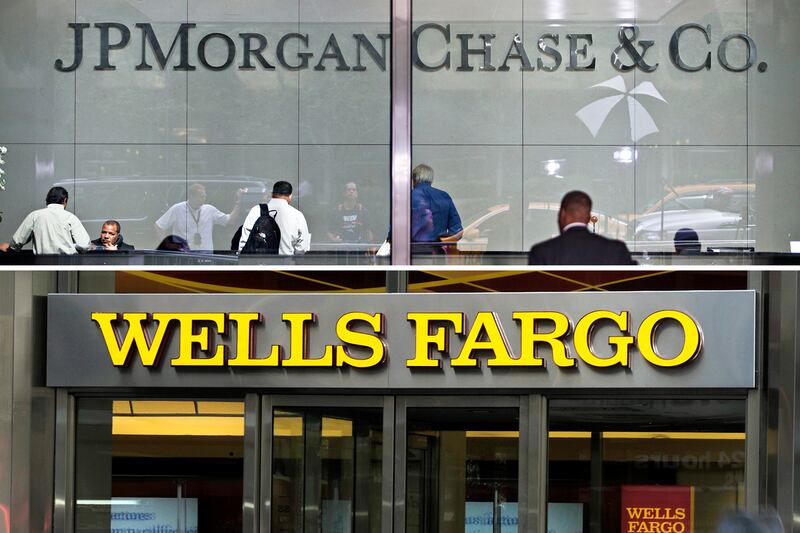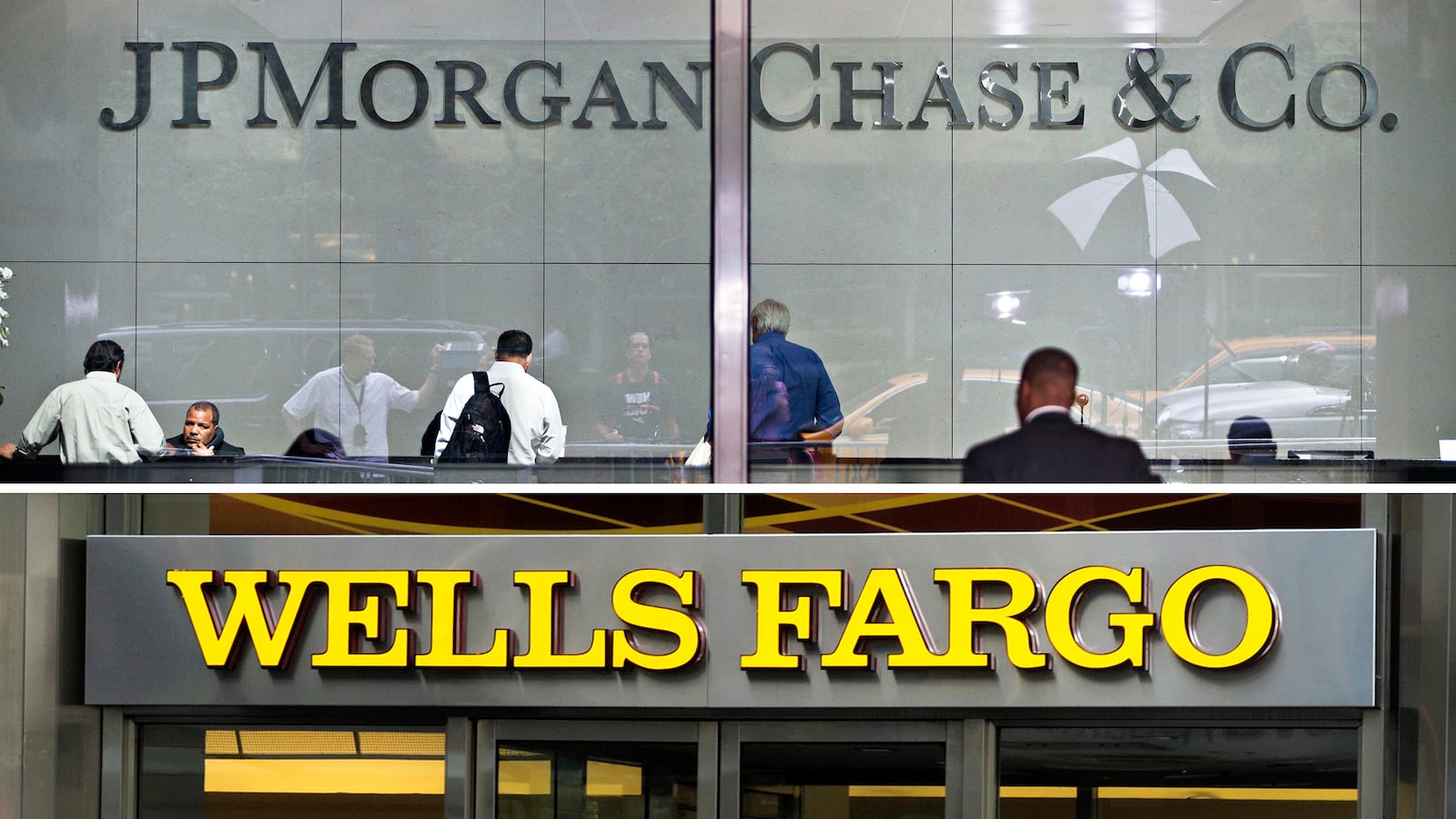The Federal Reserve, the nation’s central bank, wants to know why its monetary policy is helping banks more than it is helping homeowners. Housing is one of the key “channels” through which monetary policy operates. When the Fed lowers interest rates, mortgage rates fall. That is supposed to spur homebuying and refinancing. The Fed’s unconventional policy measures—interest rates have been near zero for years—and its plan to buy $40 billion of mortgage-backed securities a month until the economy improves, were explicitly designed to make it easier and cheaper for prospective homeowners to borrow and for current owners to refinance.

And it’s worked, only not as well as it should. Mortgage rates have been hovering around record lows (about 3.3 percent), the housing industry is expanding and homeowners are starting to rebuild equity. But the big winners have been the banks that have remained in the mortgage-originating and -servicing game, like JPMorgan Chase and Wells Fargo. Herein lies the problem.
The banks are able to get these huge profits because they can pass on more costs to borrowers and because of a simple rule of economics. The demand for mortgages is very high (if you can get one, they’re cheap), but the supply is constrained because many of the financial institutions that freely dispensed mortgages during the credit boom no longer exist. Some that remain are trying to exit the business, and the remaining ones simply can’t handle the demand.
One measure of these profits is the “primary-secondary spread,” which is the difference between the prevailing mortgage rate and the yield of newly issued securities backed by these mortgages. Translated into English: it’s the difference between how much it costs the bank to fund the loan and how much it costs the borrower to get it. As that spread rises—it hit 1.5 percent in September—the more profit banks reel in. Since the Federal Reserve has explicitly targeted mortgage rates as a way to revive the economy, the spread is of particular concern.
In introductory remarks at a conference Monday devoted to the topic hosted by New York and Boston branches of the Federal Reserve, New York Fed chair William Dudley described “the significant widening of the spread” as an “impediment to the impact of monetary policy on the economy through housing and mortgage finance.”
A paper presented at the conference (PDF) by several Federal Reserve researchers and one private-sector analysts explored the history and current state of the primary-secondary spread, and put forward some reasons why it’s gapped out so far recently. After the Fed’s announcement that it would buy mortgage-backed securities at the rate of $40 billion a month indefinitely, the gap between the primary and secondary mortgage rate went out to 1.5 percent from 1.26 in August, the month before. From 2005 to 2007, this number was closer to .5 percent and the three-month moving average now stands at 1.25 percent.
One reason that the spread is elevated over precrisis years is that Fannie Mae and Freddie Mac, the two mortgage giants now owned by the taxpayers, have started charging higher fees to mortgage originators when they purchase and package mortgage-backed securities from mortgage originators. Also, Freddie and Fannie have become much more aggressive about “putbacks”—which is when they force a bank to buy back a loan that was improperly documented or does not meet the companies’ standards. Banks have already taken on billions in losses and may take on tens of billions more. However, the paper concluded that fees and putbacks and other factors that add to higher costs in originating the loan and moving it to Fannie and Freddie can’t solely explain this widening spread.
This leaves a second factor: a market dominated by a few big originators. One analyst who spoke at the conference (ground rules stipulated that speakers or their affiliations could not be identified) said, “Banks are making lots of money in mortgage banking almost by accident.” Banks are exiting the origination business faster than newer companies are entering the market or ones that are staying in are expanding capacity. Banks feel that every loan Fannie and Freddie takes is a huge financial and regulatory risk. And that, along with high requirements for capital held against mortgages, means there’s less originating activity than might be expected given where interest rates are.
The same analyst said, “Everyone is expecting the mortgage market to fall out a bit.” Since banks are leery of getting into a big putback fight with Fannie and Freddie, the analyst continued, there is no rush to enter the market for originating mortgages. Also, because big, national lenders like JPMorgan Chase and Wells Fargo dominate the market, they can’t have a great local knowledge of their borrowers, which means they demand higher downpayments and high credit scores. “They can not trust on-the-ground underwriters to write loans anymore so they’ve drawn up a tight credit box,” the analyst said.
Even though loans have gotten cheap, they’re only available for borrowers who can make big downpayments, have good credit scores, and report steady, high incomes. Smaller, regional mortgage originators will go to more risky borrowers because they know them and the local housing conditions better, but it’s the big boys who dominate the industry and are reaping the outsize profits.
The paper reached slightly more circumspect conclusions than some of the conference presenters. It said that “the growth in the market value of originated mortgages remains something of a puzzle” but that “capacity constraints may play an important role” in the higher costs for borrowers relative to banks. Another analyst who spoke was less bashful: “When you have 100 people in a restaurant, you don’t lower prices.”
Ironically, this apparently worrying trend is exactly what the mortgage industry should be doing. For example, one presenter said that underwriters were only processing a third as many mortgage applications as they were in 2002, and that mortgage brokers were now “very professional” and thus more expensive to hire and train. Underwriters are actually examining borrowers’ ability to pay, and so are lending to fewer borrowers.
Recent college graduates and former used-car salesmen, one participant explained, are no longer rushing into the mortgage industry because that’s where all the money is. He explained, “With scarcity of underwriters, you can’t just hire whoever.” Instead, companies have to hire people with 10 or more years in the business.
In other words, this line of argument goes, mortgages are somewhat more expensive because lenders are actually doing their jobs.






